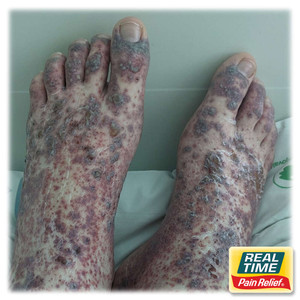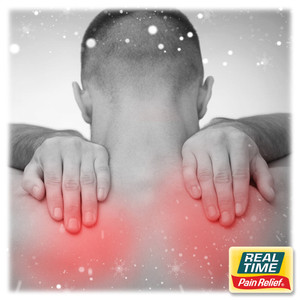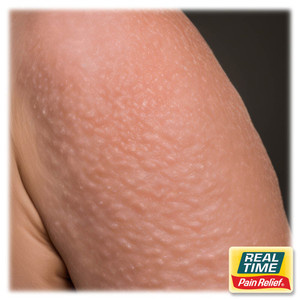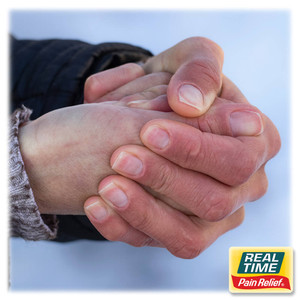Understanding Juvenile Idiopathic Arthritis: An In-depth Guide
Posted by Dennis R. Escalera on 1st May 2024
Juvenile Idiopathic Arthritis (JIA) represents a group of conditions that is the most common type of arthritis in children under the age of 16. JIA causes persistent joint pain, swelling, and stiffness. Some children may experience symptoms for only a few months, while others may have symptoms for the rest of their lives.
Causes and Risk Factors
The exact cause of JIA remains unknown. However, it's believed to be an autoimmune disorder, where the immune system mistakenly attacks the body's tissues, causing inflammation in the joints and potentially other areas of the body. Genetic factors are thought to play a role, as the condition seems to be more common in certain families. Environmental triggers may also contribute, though specific triggers are still being studied.
Symptoms and Types
JIA can cause joint pain, swelling, and stiffness. The severity of symptoms can vary from mild to severe and can affect one joint or multiple joints. There are several types of JIA, including oligoarticular JIA, which affects four or fewer joints and is the most common form; polyarticular JIA, which affects five or more joints; and systemic JIA, which can affect the entire body and cause fever, rash, and inflammation of internal organs as well as joints.
Diagnosis
Diagnosing JIA involves a combination of medical history review, physical examinations, and various tests. These may include blood tests to check for markers of inflammation and autoimmune activity, imaging tests like X-rays or MRIs to look at joint damage or inflammation, and sometimes the removal of joint fluid for examination.
Treatment and Management
There is no cure for JIA, but with early diagnosis and aggressive treatment, remission is possible. The goals of treatment are to relieve inflammation, control pain, and improve the child's quality of life. Treatment options include Nonsteroidal Anti-Inflammatory Drugs (NSAIDs), Disease-Modifying Antirheumatic Drugs (DMARDs), biologic agents that target specific parts of the immune system, and physical therapy to keep joints flexible and muscles strong.
The Role of Exercise and Physical Therapy
Exercise and physical therapy play critical roles in managing JIA. They help maintain muscle strength and joint flexibility, reducing the risk of long-term disability. A physical therapist can design an exercise program tailored to the child's specific needs, which can significantly improve function and reduce pain.
Supplemental Relief with Topical Pain Relievers
For managing localized pain associated with JIA, topical pain relief creams and lotions containing nature’s ingredients, such as menthol, capsaicin, and essential oils, can provide additional comfort. These products offer a non-invasive method of pain relief that can complement systemic treatments. While not a substitute for medications aimed at controlling JIA's systemic nature, topical applications can help manage day-to-day discomfort in affected joints. Parents should consult with a healthcare provider before starting any new treatment to ensure it's appropriate for their child's specific situation.
Living with Juvenile Idiopathic Arthritis
Living with JIA requires a comprehensive management plan that includes medical treatment, lifestyle adjustments, and support. Education about the condition, adherence to treatment plans, and regular medical follow-up are essential for managing symptoms and maintaining a good quality of life. Support groups and resources can also provide valuable information and emotional support to families navigating JIA.
References for Further Reading
For those seeking more detailed information on Juvenile Idiopathic Arthritis, the following resources are highly recommended:
- Arthritis Foundation: "Juvenile Arthritis" at https://www.arthritis.org/diseases/juvenile-arthritis
- Mayo Clinic: "Juvenile Idiopathic Arthritis" at https://www.mayoclinic.org/diseases-conditions/juvenile-idiopathic-arthritis/symptoms-causes/syc-20374082
- American College of Rheumatology: "Juvenile Arthritis" at https://www.rheumatology.org/I-Am-A/Patient-Caregiver/Diseases-Conditions/Juvenile-Arthritis





